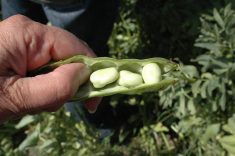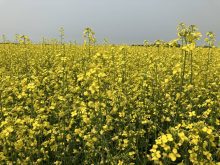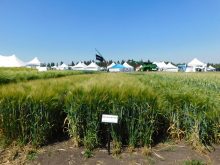Extra vapour “Fires up” the natural cycle, says a University of California study
Agricultural irrigation in California’s Central Valley doubles the amount of water vapour pumped into the atmosphere, ratcheting up rainfall and powerful monsoons across the interior southwest, according to a new study by UC Irvine scientists.
Moisture on the vast farm fields evaporates, is blown over the Sierra Nevada and dumps 15 per cent more than average summer rain in numerous other states. Run-off to the Colorado River increases by 28 per cent, and the Four Corners region experiences a 56 per cent boost in run-off. While the additional water supply can be a good thing, the transport pattern also accelerates the severity of monsoons and other potentially destructive seasonal weather events.
Read Also

New crop insurer policy enables easier startup for faba beans
Agriculture Financial Services Corporation updated its normals for faba beans, which may open the door for more Canadian producers to feel comfortable growing the pulse crop in the future.
“If we stop irrigating in the valley, we’ll see a decrease in stream flow in the Colorado River basin,” said climate hydrologist Jay Famiglietti, senior author on the paper, which will be published online in the journal Geophysical Research Letters. The basin provides water for about 35 million people, including those in Los Angeles, Las Vegas and Phoenix. But the extra water vapour also accelerates normal atmospheric circulation, he said, “firing up” the annual storm cycle and drawing in more water vapour from the Gulf of Mexico as well as the Central Valley.
When the additional waves of moisture bump into developing monsoons, Famiglietti said, “it’s like throwing fuel on a fire.”
Famiglietti’s team plans to increase the scope of the work to track how major human water usage elsewhere in the world affects neighbouring areas too. A better understanding of irrigation’s impact on the changing climate and water availability could improve resource management in parched or flooded areas.














